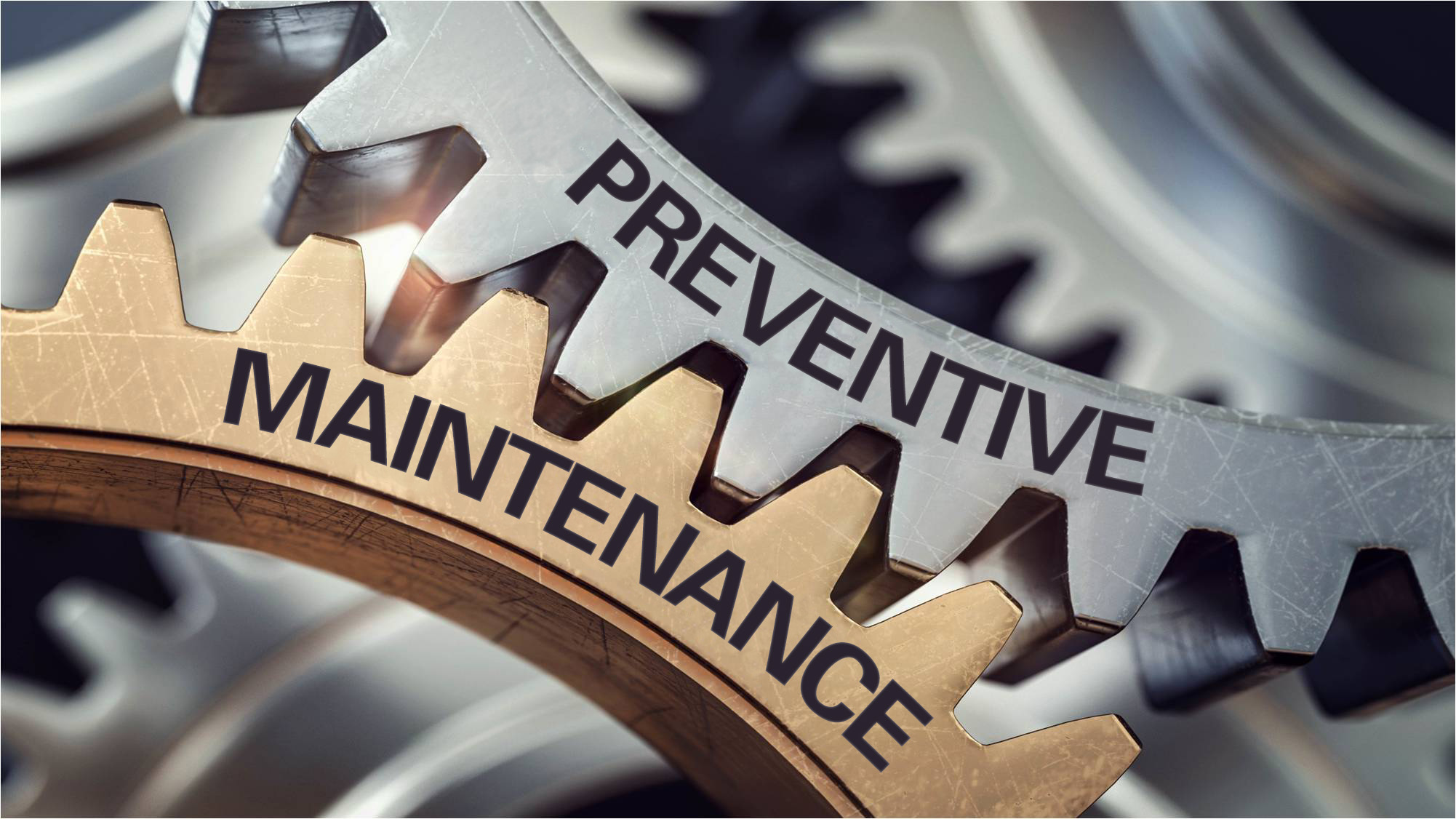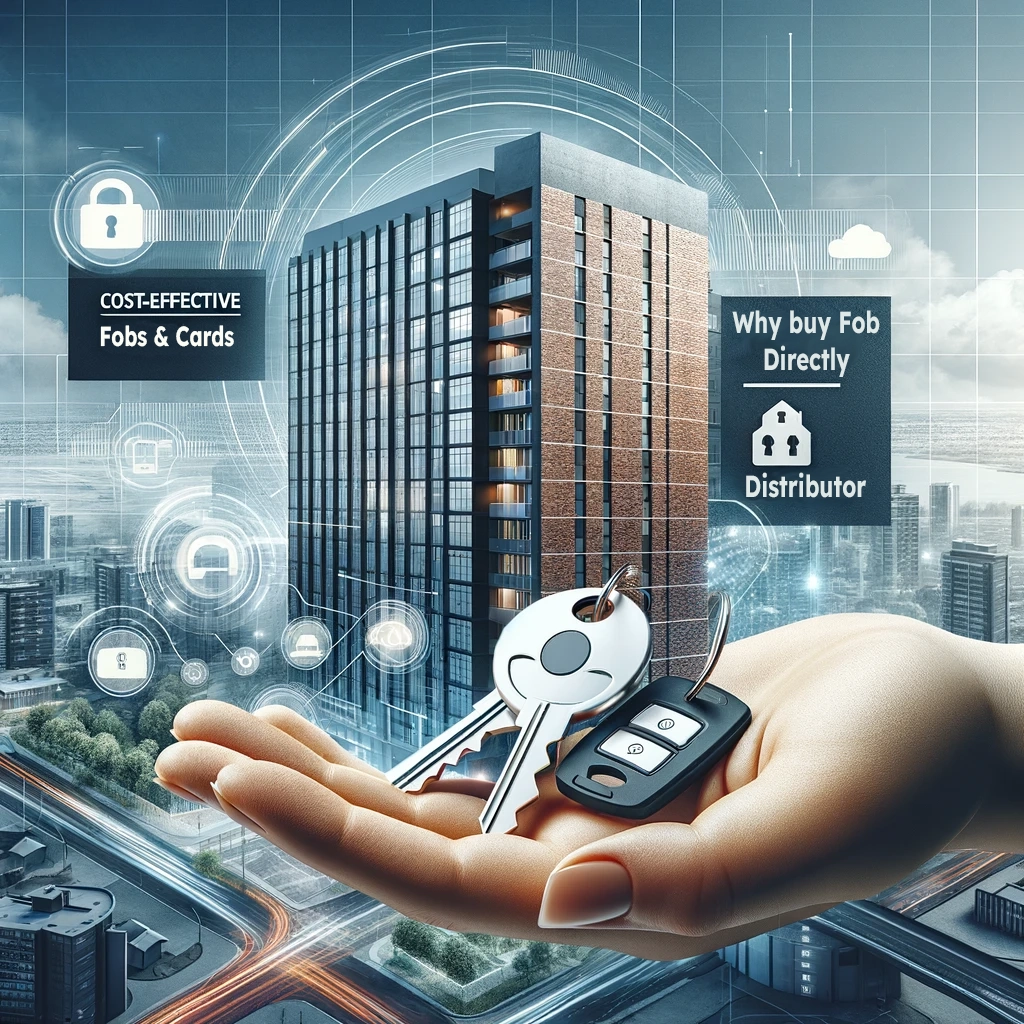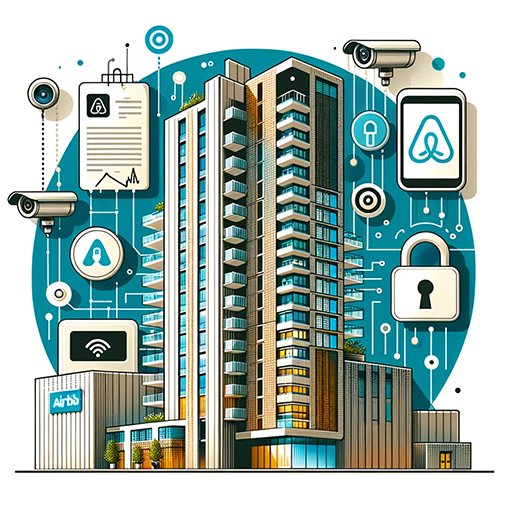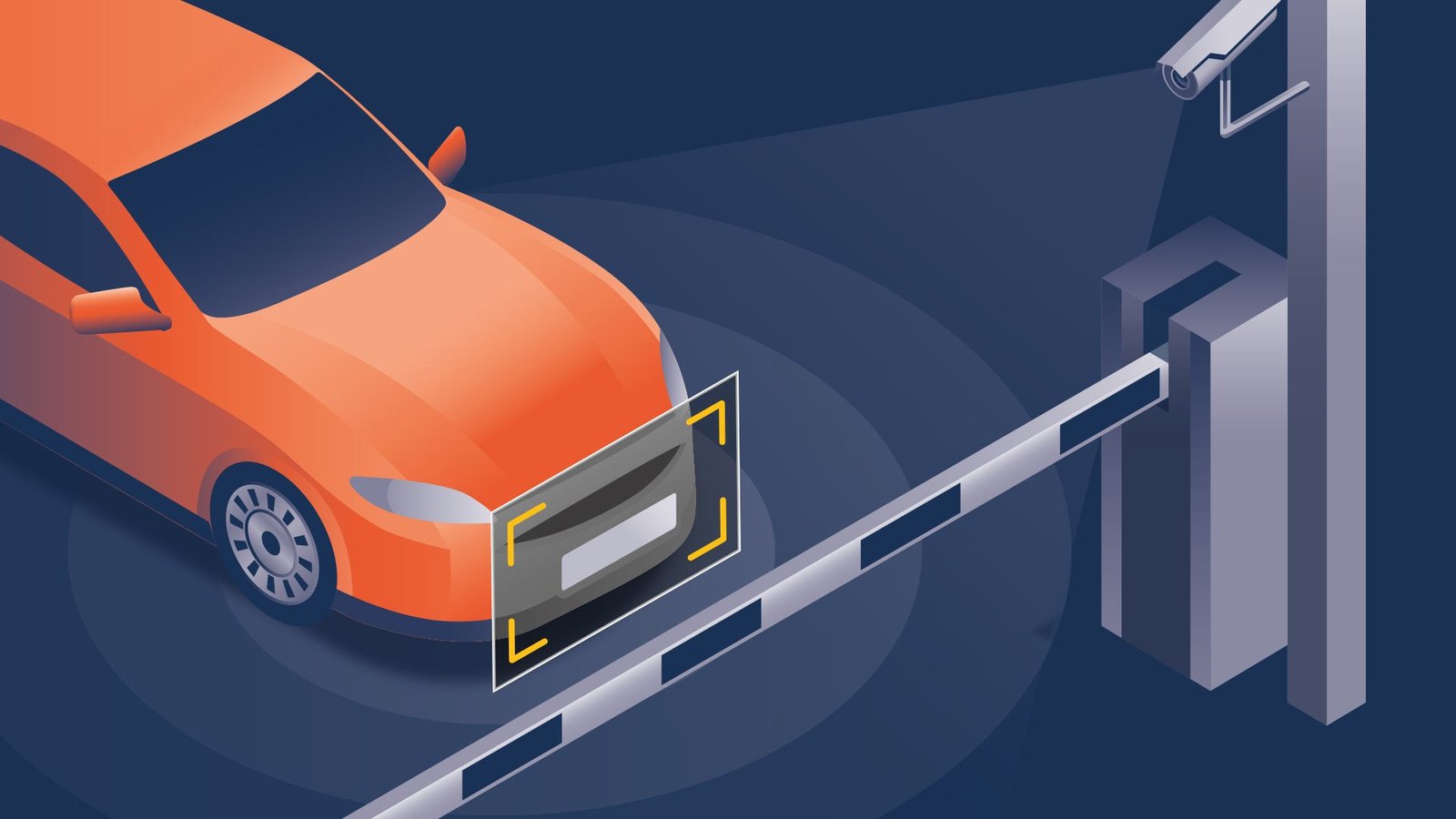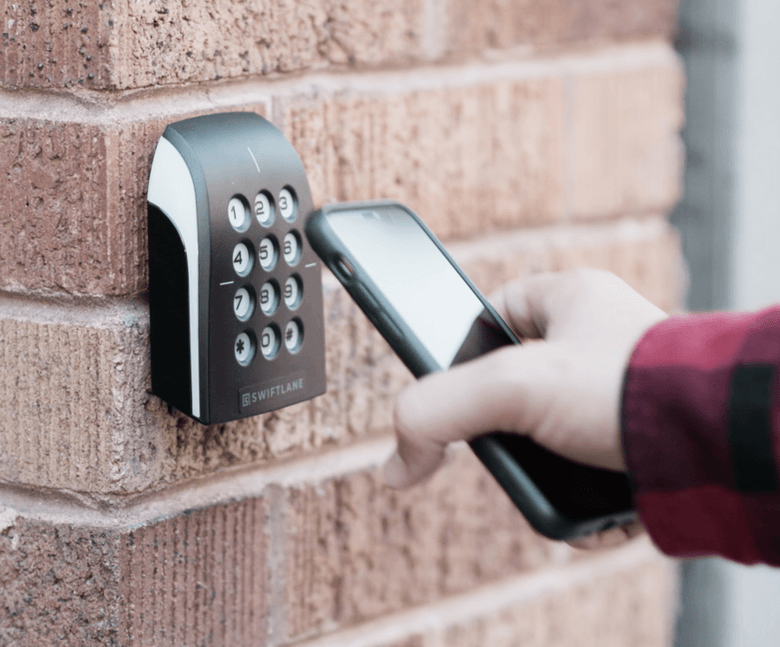Preventive Maintenance (PM) is your key to unlocking a world of hassle-free equipment and machinery. It’s the secret sauce to keep your operations running smoothly and avoid the headaches that come with unexpected breakdowns. In this ultimate guide, we’ll explore everything you need to know about PM, from its benefits to the various methods used. So sit back, relax, and let’s dive into the world of Preventive Maintenance!
I. The ABCs of Preventive Maintenance (PM)
a. What is Preventive Maintenance (PM)?
Preventive Maintenance (PM) is the practice of routinely inspecting and servicing equipment to keep it in optimal working condition. It involves scheduled maintenance tasks, such as cleaning, lubricating, adjusting, and replacing worn parts before they cause a major issue.
The goal is to nip potential problems in the bud and extend the life of your machinery.
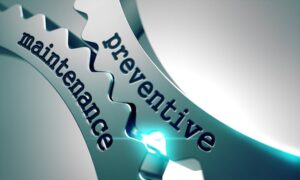
b. Why is PM essential?
There’s no denying that PM is vital for your equipment’s health. Here are a few reasons why:
– Reduces downtime: By catching issues early, you minimize the risk of unexpected breakdowns and costly downtime.
– Improves efficiency: Well-maintained equipment runs more efficiently, helping you save on energy costs and reduce your carbon footprint.
– Enhances safety: Regular inspections and maintenance can prevent accidents caused by faulty equipment, keeping your team safe and sound.
II. The Nitty-Gritty of Preventive Maintenance (PM) Methods
a. Time-Based Maintenance (TBM)
This method involves performing maintenance tasks at regular intervals, such as weekly, monthly, or yearly. The schedule depends on the type of equipment and its usage.
b. Usage-Based Maintenance (UBM)
Here, maintenance is triggered by a specific usage milestone, such as hours of operation, miles traveled, or units produced.
c. Predictive Maintenance (PdM)
This method relies on monitoring equipment performance data to predict when maintenance is required. It involves the use of sensors, data analysis, and advanced algorithms.
III. Implementing a Preventive Maintenance (PM) Program: Step by Step
a. Take inventory of your equipment
Begin by cataloging your equipment and machinery, including details such as make, model, and age.
b. Determine maintenance needs
Figure out the maintenance requirements for each piece of equipment, including the necessary tasks, frequency, and personnel.
c. Develop a PM schedule
Create a comprehensive schedule that outlines when each maintenance task should be performed.
d. Train your team
Ensure that your team is well-trained on maintenance procedures and the importance of PM.
e. Monitor and adjust
Regularly review your PM program and make adjustments as needed to optimize its effectiveness.

IV. FAQs on Preventive Maintenance (PM): Everything You Need to Know
a. What’s the difference between Preventive Maintenance (PM) and Reactive Maintenance?
Preventive Maintenance involves routine servicing to prevent issues from occurring, while Reactive Maintenance is fixing problems as they arise.
b. How much should I budget for Preventive Maintenance (PM)?
The budget will vary depending on the type and age of your equipment. A general rule of thumb is to allocate 2-5% of your equipment’s replacement cost for PM.
c. Can I perform Preventive Maintenance (PM)
myself, or should I hire professionals?
You can perform some basic PM tasks yourself, such as cleaning and lubricating. However, for more complex tasks or equipment, it’s best to hire professionals who have the necessary expertise and tools.
d. How do I know if my Preventive Maintenance (PM) program is working?
To determine if your PM program is effective, track key performance indicators (KPIs) such as equipment downtime, maintenance costs, and overall equipment effectiveness (OEE). If these metrics improve over time, your PM program is likely on the right track.
V. Conclusion: The Power of Preventive Maintenance (PM)
Preventive Maintenance (PM): Everything You Need to Know boils down to the simple truth that taking care of your equipment before problems arise is the key to success.
By implementing a solid PM program, you’ll enjoy the benefits of extended equipment life, reduced downtime, improved efficiency, and enhanced safety.
So don’t wait until it’s too late – give your machinery the TLC it deserves and start reaping the rewards of Preventive Maintenance today!

